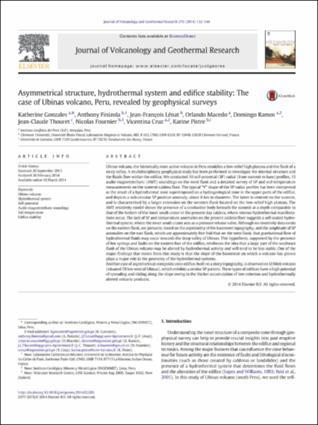Please use this identifier to cite or link to this item:
https://hdl.handle.net/20.500.12544/707Files in This Item:
| File | Description | Size | Format | |
|---|---|---|---|---|
| Gonzales-Asymmetrical_structure_hydrothermal-HAL.pdf | 5.28 MB | Adobe PDF | View/Open |
Items in DSpace are protected by copyright, with all rights reserved, unless otherwise indicated.











